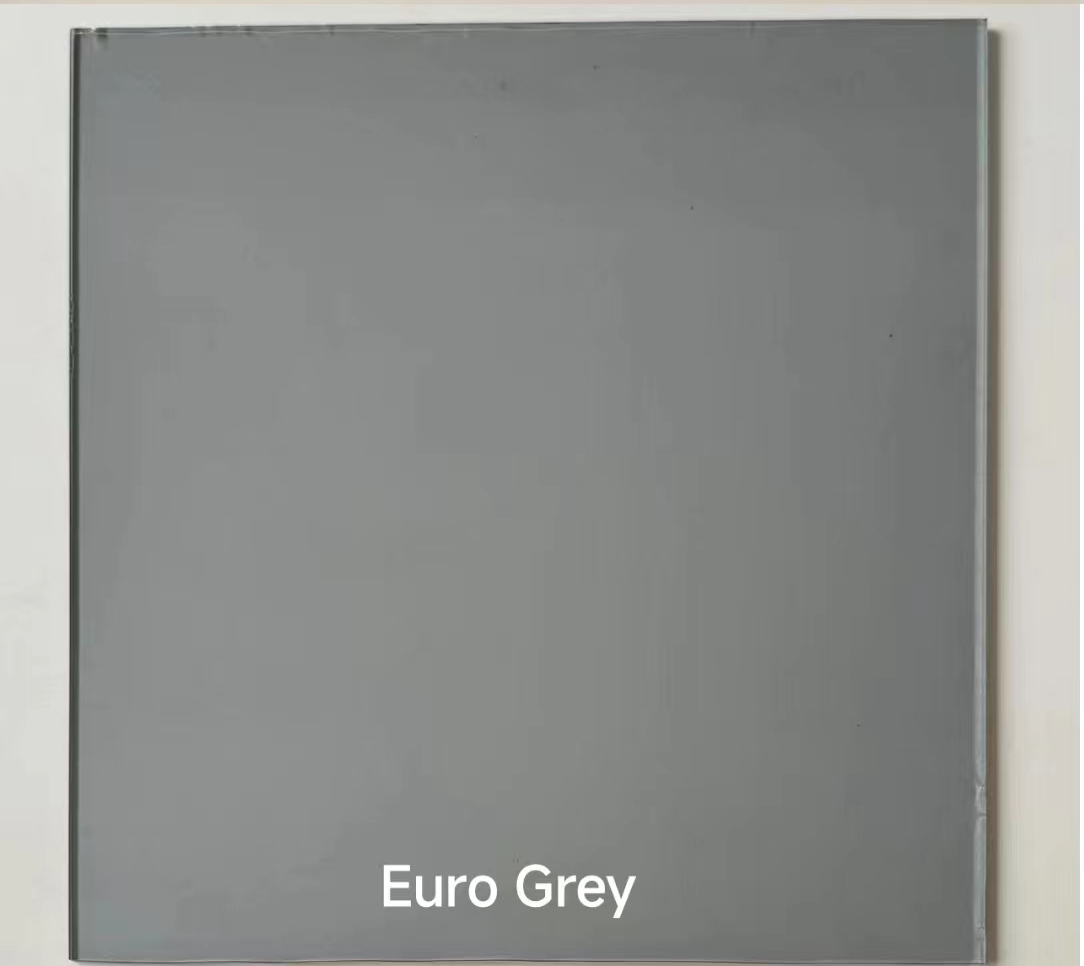

The Significance of Low-E Safety Glass in Modern Construction
In the realm of architectural design and construction, the incorporation of low-emissivity (low-E) safety glass is becoming increasingly prevalent. This material not only enhances the aesthetic appeal of buildings but also plays a crucial role in energy efficiency, safety, and sustainable living. Low-E safety glass is characterized by its unique properties, fitted with a thin metallic coating that reflects infrared heat while allowing light transmission. This dual functionality makes it an essential component in contemporary buildings.
The Significance of Low-E Safety Glass in Modern Construction
In addition to its energy-saving properties, low-E safety glass provides enhanced safety for building occupants. The glass is typically tempered or laminated, making it much stronger than standard glass. This increased strength means it is more resistant to breakage from impacts or natural disasters such as hurricanes and earthquakes. When it does break, laminated low-E glass holds together, preventing shattering and reducing the risk of injury. This safety feature is particularly valuable in commercial buildings, where large foot traffic and safety regulations come into play. Architects and builders are therefore more inclined to select low-E safety glass to comply with safety standards while providing peace of mind.

Moreover, the versatility of low-E safety glass allows it to be utilized in various applications, from residential homes to large commercial complexes and skyscrapers. It can be used for windows, doors, skylights, and even facades, providing a seamless integration of functionality and design. The aesthetic appeal of low-E glass is another factor that contributes to its popularity. It can enhance natural light in spaces while minimizing glare, creating comfortable living and working environments. Furthermore, it can be produced in various shades and tints, allowing architects and designers to maintain their vision without compromising on performance.
In terms of environmental impact, low-E safety glass contributes to sustainable building practices. The reduction in energy consumption directly correlates with lower greenhouse gas emissions, making it a green choice for builders and homeowners alike. Additionally, many low-E glass products are manufactured using recycled materials and can be recycled at the end of their life cycle. This closed-loop approach supports circular economy principles, aligning with global movements towards sustainability.
Despite its numerous benefits, some may question the initial costs associated with low-E safety glass. While it may be more expensive than traditional glass options, the long-term savings on energy bills, coupled with the enhanced safety and durability, provide a compelling argument for its incorporation. Many government incentives and rebates for energy-efficient buildings further offset these initial costs, making it a financially sound investment over time.
In conclusion, the use of low-E safety glass in building construction represents a progressive step toward energy efficiency, safety, and environmentally sustainable practices. As we continue to prioritize eco-friendly initiatives and the health and safety of building occupants, low-E safety glass stands out as a remarkable solution that meets these evolving needs. With its impressive combination of functional benefits and aesthetic flexibility, it is clear that low-E safety glass will remain a vital aspect of modern architecture, paving the way for smarter, safer, and more sustainable living spaces.